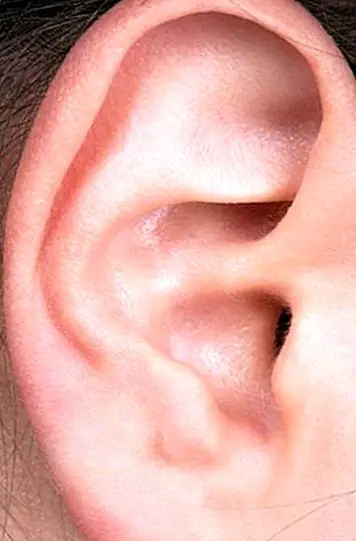How to take the pulse and measure the heart rate
Did you know control the pulse Is it something that we should do more or less usual in our normal life, in the same way that -for example- we take our blood pressure? The explanation is very simple: any deviation in its measurement could be a symptom of suffering from cardiovascular disease, although it can also be the cause of an infection or dehydration.
With regard to the heart rate, consists of the number of times our heart contracts to pump blood to the whole organism; Thanks to this, the heart can function correctly.

The heart rate figure is calculated by number of beats per minute, and serves as an indicator of how our heart is working.
How to take the pulse easily?
There are different ways to take the pulse. On the one hand, for example, we can use an electronic device known as a cardiac frequency meter, although it is popularly also known as a pulsimeter. This device consists of a strap that is placed at the level of the chest, and in turn is connected to a clock that measures the heart rate.
In case of not having an electrical device we can take the pulse manually. To do this, we must place the index and middle fingers in a part of our body where an artery passes very close to the skin:
- Carotid pulse: in the neck.
- Radial pulse: in the wrist.
- Femoral pulse: in the groin.
- Temporal pulse: in the temple.
- Ulnar pulse: on the inside of the elbow.
- Popliteal pulse: on the back of the knee.
- Medium pulse: on the inside of the foot.
Once the pulse is located in one of these areas we must press gently with our fingers, and count how many beats we have in a minute.
We leave you with a video that we have just created to explain it easily:
When is a normal heartbeat considered?
We must bear in mind that the heart rate is within a few scales, which are appropriate in relation to our physical condition and our age.
For example, after 20 years it is considered normal to have a resting heart rate between 50 and 100 beats per minute. In this way, when the heart rate is below 50, it is considered bradycardia, and if it is above 100 tachycardia.
Both conditions must be controlled by a medical specialist if there is no logical explanation for it, and in turn these measurements are maintained over time.
Image | Joe Hall This article is published for informational purposes only. It can not and should not replace the consultation with a Physician. We advise you to consult your Trusted Doctor. ThemesHeart


